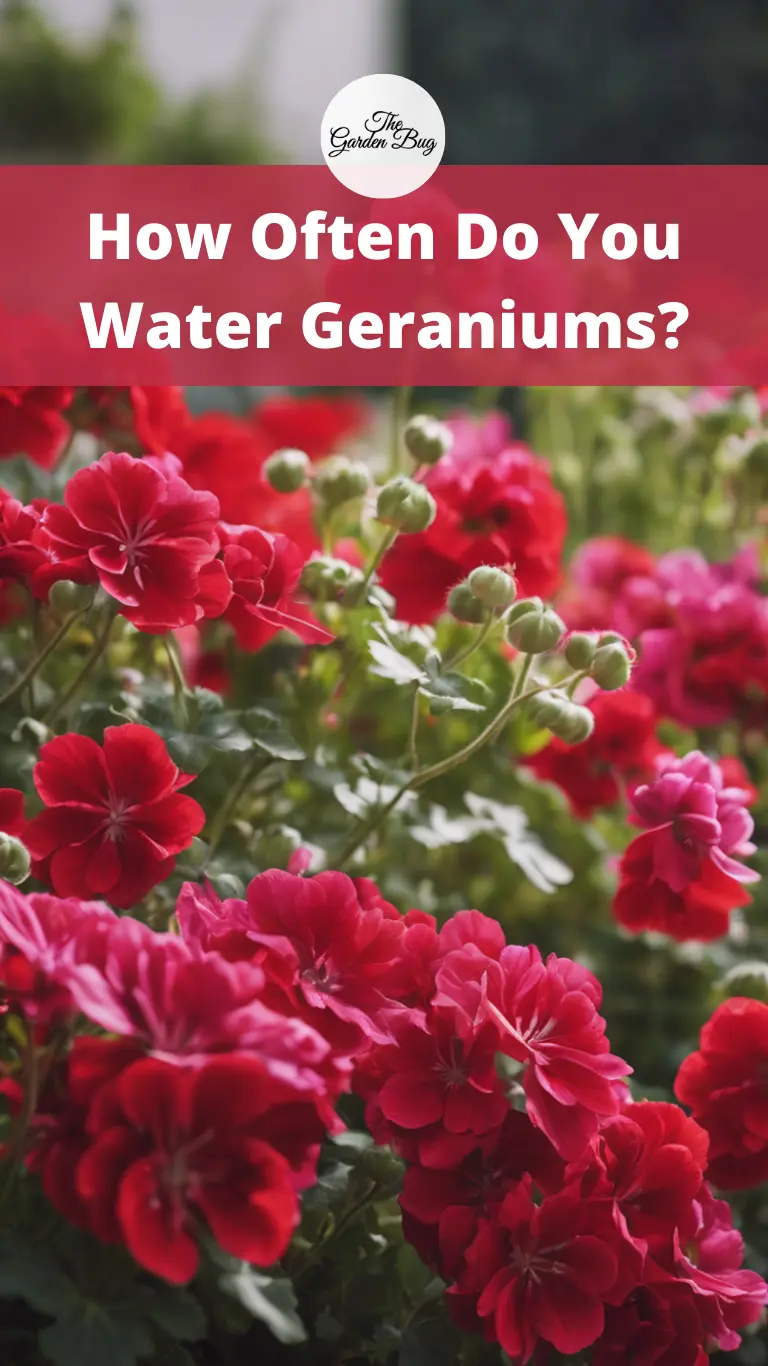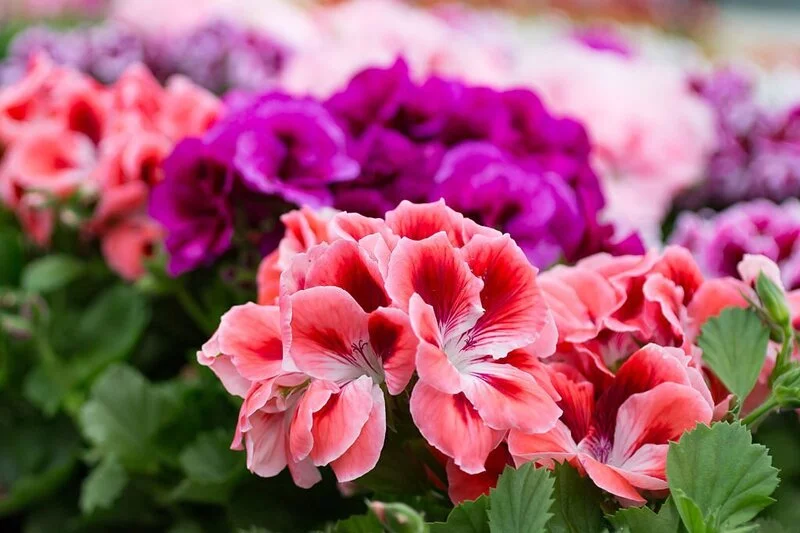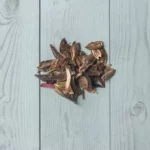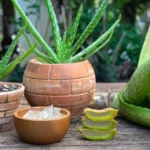Picture the classic geranium: its vibrant flowers in shades of red, pink, or white, and its fragrant, round, and sometimes finely cut leaves. Geraniums are the undeniable stars of many gardens and balconies, and for good reason. These hardy plants bring a splash of color and joy wherever they’re planted. But, to keep them blooming beautifully, proper care is needed, and the key to that care is watering. So, let’s dive in to answer the question, “How often do you water geraniums?”.
- FALL COLOR: Beautiful hardy mums that are sure to brighten up your Fall garden!
- GROWTH: Mums grow up to about 24″ tall with a spread of up to 24″.
- CARE: Chrysanthemums will bloom best in full sun. They thrive in well-draining soil and require even, consistent moisture.
- FUN FACT: Mums colors can symbolize different meanings, such as love, sorrow, well wishes, etc., making them a great gift for different occasions!
- LIVE PLANTS: Our plants are grown exclusively for Deep Roots and The Three Company, shipped fresh directly from our greenhouse to you!
Understanding Geranium Watering Needs
So, how thirsty are geraniums? Well, geraniums like a drink, but they don’t enjoy sitting in water. They prefer their soil to be well-drained, and a little on the dry side.
A good rule of thumb is to water them deeply once the top inch of soil feels dry to the touch. However, this can vary based on factors like the plant’s size, the pot’s size (if it’s in a container), the local climate, and the time of year.
In the hot, dry summer months, your geraniums may need watering every 2-3 days. But in the cooler, winter months when the plants are not actively growing, watering can be reduced to once a week, or even less, depending on the dryness of the environment.
Remember, the key is balance. Geraniums are not cacti, but they’re also not water lilies. So, it’s all about finding that happy medium where your geraniums are well-hydrated, but not waterlogged. Now that we know the watering needs of our geraniums, let’s learn about the signs of overwatering and underwatering.
Signs of Overwatering and Underwatering in Geraniums
Geraniums are pretty good communicators. If you know what to look for, they’ll tell you if they’re getting too much or too little water.
Overwatering: Is your geranium looking a bit droopy, with yellowing leaves? These could be signs of overwatering. Another symptom is the appearance of black, rotten roots or a sudden wilting of the plant. Overwatered geraniums are also more prone to diseases, such as root rot, which is often a death sentence for the plant.
Underwatering: If underwatered, geraniums will have wilted or curling leaves and may stop blooming. The leaves might turn a bit crispy to the touch, and in severe cases, they may start dropping off the plant.
Best Practices for Watering Geraniums
Watering geraniums isn’t a tough job, but it’s an important one. Here are some best practices to keep in mind:
- When to water: The best time to water is in the morning. This gives the plant plenty of time to absorb the water before the heat of the day, and it also allows the foliage to dry out before evening, which can help prevent disease.
- How to water: Water deeply, but infrequently. The goal is to soak the root zone without leaving the plant sitting in water. If your geraniums are potted, make sure there’s good drainage so excess water can escape.
- Potted vs. Ground: Geraniums in pots might need more frequent watering than those in the ground, simply because pots can dry out faster. So, if you have potted geraniums, check the soil moisture levels more regularly.
Remember, the perfect watering routine for your geraniums will depend on your specific conditions. It’s all about observing your plants and understanding their needs. Let’s move on to address some common watering issues next!
Addressing Common Geranium Watering Issues
It’s no fun when our geranium friends hit a rough patch. But don’t fret; most watering issues can be resolved once you know what you’re dealing with.
Overwatered Geranium: If your plant has been overwatered, your first step is to stop watering immediately. If the plant is in a pot, you might want to consider repotting it in fresh, well-draining soil. Remove any dead or yellowing leaves. Once it starts to recover, remember to follow the watering practices we discussed earlier.
Underwatered Geranium: An underwatered geranium will appreciate a deep drink. After watering, observe the plant’s response. If it perks up and looks healthier, make a note to adjust your watering schedule to better suit its needs.
Conclusion
Taking care of geraniums isn’t rocket science, but it does require a bit of understanding and patience. Their watering needs can change with the seasons, the environment, and their overall health. So keep a watchful eye, and your geraniums will reward you with their charming blooms. Remember, you’re not just watering a plant; you’re nurturing a living, breathing organism that brings color, joy, and vitality to your home or garden.
FAQs
Can geraniums recover from overwatering?
Yes, if caught early, geraniums can often recover from overwatering. The key is to correct the watering schedule and ensure proper drainage.
How do I know if my geranium needs water?
Check the top inch of the soil. If it feels dry, it’s probably time to water your geranium.
Can geraniums handle full sun?
Yes, geraniums generally enjoy sunny spots, but they appreciate some afternoon shade in hotter climates.
Why are my geranium leaves turning red?
Red leaves can be a sign of stress, often caused by temperature extremes, underwatering, or a lack of nutrients.





